About the service

About the service
Children's Occupational Therapists (OTs) support children and young people to be independent and maintain their skills.
We are child-centred in our approach while working closely with the family and the team around the family.
We understand that each child and young person is different and has unique desires and dreams. Our role is to support them to reach their full potential through the changes that come with growing up.
As OTs we pride ourselves on our problem-solving approach to enable children and young people to identify and overcome any barriers to participating in day-to-day life.
We may make suggestions for:
The child – helping to develop skills for everyday tasks by providing advice, strategies or a programme of support
The environment – for example, table height or the type of seat used when handwriting
The task – breaking down the steps or suggesting special equipment, such as lightweight, ergonomically designed cutlery or self-opening scissors
Make a referral

Make a referral
The Children's Occupational Therapy service accepts referrals from:
- GP
- Healthcare professional (e.g. health visitor, school nurse)
- Education
- Social care
- Voluntary sector
Please note that we cannot accept referrals from parents or carers.
Referrals can be made via the Referral Management Centre (RMC).
For children and young people referred via the motor coordination pathway, we require a completed Children's Occupational Therapy School Questionnaire[pdf] 630KB attached to the RMC referral. Referrals cannot be accepted without a completed questionnaire.
The Royal College of Occupational Therapists has prepared some useful advice on how to make a great occupational therapy referral.
Referral criteria
- Children / young people aged 0-19 years
- Consent from the person with parental responsibility
- Pre-school child or in full-time statutory education
- Registered with a Northamptonshire GP
- Children / young people with complex, severe or enduring physical and/or developmental condition that is significantly affecting their ability to achieve their potential in terms of activities of daily living
If a child is not registered with a Northamptonshire GP, even if they are resident within Northamptonshire or go to a Northamptonshire school, an extra-contractual referral agreement may be required, so please liaise directly with the service for advice.
Looked-after children placed in Northamptonshire, or Northamptonshire children placed elsewhere, may be seen where practically possible, so please liaise directly with the service for advice.
If the primary occupational therapy concern is related to their learning disability, please liaise with Children's Occupational Therapy service and the Children's Community Team for People with Learning Disabilities (CTPLD) to clarify.
What information is needed when you make a referral?
- Child and family details
- Parental consent
- The nature of the problem with examples of difficulties
- How long the problem has been apparent
- What has been done so far to address the issue(s). For school-age children, please attach any relevant EHCP
- How the problem is impacting on the child or young person in their environment
Exclusion criteria
- GP outside of Northamptonshire
- Young people aged over 19
What will happen next?
- Referrals will be reviewed by the children and young people's Referral Management Centre (RMC) via an initial clinical screening
- The RMC will contact the referrer, Parents/Carers or School if further information is required
- For those referrals not accepted into the service, the referrer should expect a letter
- Parents / carers / young people accepted into the service will receive a letter or telephone call from Children's Occupational Therapy service with an appointment
Services we do not provide

Services not provided by Children's Occupational Therapy
Wheelchairs
Children's Occupational Therapy does not provide wheelchairs.
For more information about eligibility for a wheelchair, please visit the Blatchford Northamptonshire Orthotic and Wheelchair Services NHS Clinic website or download the Blatchford Northamptonshire Wheelchair Service Q&A leaflet.
If your child is not eligible for wheelchair service, you may find the Freedom for Kids website helpful.
Sensory assessments
Children's Occupational Therapy is not commissioned to provide sensory assessment.
Sensory assessment would need to be accessed via independent sector healthcare providers.
For more information about accredited sensory assessment providers, please visit the Royal College of Occupational Therapists website.
Sensory-based advice and support for neurodiverse children
Children's Occupational Therapy will offer sensory-based advice to neurotypical children who have significant difficulties with everyday functional skills.
For neurodiverse children, and children who are on the pathway for autism spectrum disorder or ADHD, there is a countywide agreement in place for SEND support services to provide this support.
Major housing adaptations
For all major housing adaptations (for example, extensions, wetrooms, permanent ramping) a referral to Community Occupational Therapy is required.
Hand therapy and splints
Children's Occupational Therapy does not prescribe splints. Splints can be accessed via Hand Therapy services or via Blatchford Northamptonshire Orthotic and Wheelchair Services NHS Clinic.
Car seats
Children's Occupational Therapy does not assess for or provide children's car seats.
For more information about national car seat laws, please read the government guidance.
If your child requires a specialist car seat because of their condition, there are centres that can offer assessments, including:
Often specialist car seats come with a high price tag. For those families who cannot self-fund, there are many charities that you can apply to for funding support, including:
Buggies and pushchairs
Children's Occupational Therapy does not offer advice on or prescribe buggies or pushchairs.
There are various showrooms around the UK that offer the ability to trial buggies, including the Mobility Aids Centre.
Buggy companies will often offer an assessment of their products at your home if you reach out to them.
Specialist buggies often come with a high price tag. For those families who cannot self-fund there are many charities that you can apply to for funding support, including:
Seating for learning

Seating for learning
It is important for all children to sit properly when writing. Being seated properly gives a child good stable posture to develop their fine motor skills and handwriting. A well supported trunk is essential for good shoulder control.
Children who have difficulty with their movement can find it very difficult to sit comfortably or with stability. It is even more important for these children to get their posture right to help them develop their handwriting.
The ideal sitting position
A child should be able to sit with their bottom at the back of the chair with approximately two fingers' width between the back of their knees and the edge of the seat.
The child should be able to place both feet flat on the ground and be sitting up straight, creating the “90°, 90°, 90°” posture. The desk needs to be at the child’s elbow level with forearm flat on the table.

An illustration of the ideal “90°, 90°, 90°” sitting position
Basic seating checklist
- Is the child's bottom back in the chair?
- Are the child's feet touching the floor?
- Is the child able to sit upright without support?
- Is the child about to sit long enough for them to engage in activity?
- Are there arm rests to the chair?
- Is the desk or chair roughly at elbow height when the child is sitting at it in their chair?
- Is the child propping themself up when in a seated position?
- Does the child spend a lot of time fidgeting?
- Is the child's body weight evenly distributed?
Solutions
Once the problem has been identified, it is worth trying out the following:
- A different sized chair or table to see whether this helps improve the child’s posture
- A small foot stool if a smaller chair cannot be identified to support the child’s feet and improve their stability
- A small cushion behind the child’s back if the chair depth is too great
- Checking that appropriate footwear is worn, fits properly and provides good support
- Ensuring glasses are worn if needed for short-distance vision (writing, reading and other tabletop tasks)
- Providing opportunities for the child to practise some core strengthening exercises, such as bridging, high kneeling / side sitting, balancing on a therapy ball, animal walks
- Providing opportunities for regular changes of position and movement breaks during long periods of sitting
- Encouraging the child to review their posture regularly, particularly at the beginning of a task. This can be a verbal or visual prompt (such as a photo of them sitting with good posture)
Equipment to support good posture
Please note that the products and organisations listed here are provided for illustrative purposes only. NHFT and the Children's Occupational Therapy Service have no affiliation with any of the companies mentioned and alternative suppliers are widely available.
Chairs and tables
- Standard classroom chairs are available which offer better support, such as Postura chairs
- For pre-school settings, childshape chairs and adjustable height tables
- Rokzi arm rests and anti-tip legs can be fitted to standard metal-framed chairs
- Foot rests can also be fitted to standard metal-framed chairs
Writing slopes and wedge cushions
For children who lean over a table, the following posture aids may be helpful to try:
- Posture Pack writing slope
- Handwriting posture support set
- TTS writing slope
- Write Angle writing slope
Inflatable cushions
Inflatable cushions create instability (a wobble) encouraging the core muscles to work, imrpoving posture and core stability.
The wedge shape tilts the pelvis forward to reduce stress on the lower back and prevents slouching.
The wobble effect also makes sensory-seeking children focus on how they sit, reducing fidgeting and helping to improve focus on the task in hand.
Infant highchairs

Infant highchairs
Mealtimes are an important aspect of family life. Children begin to develop self-feeding skills from birth. Self-feeding is a very complex task, and the right highchair can play a huge part. There are many great highchairs on the market and not seen as specialist equipment. Here are some helpful points to consider.
Your baby’s body position in a highchair sets up the foundation for a safe and comfortable feeding experience – for both of you. If baby feels safe and supported, they are more likely to explore new foods. Additionally, optimal support of the larger (core) muscles of the body in the chair will allow for free movement of the smaller muscles of the hands, face, and mouth for eating, chewing, and swallowing safely. You can use cushions, commercially available inserts or rolled-up towels to help your child to stay sitting up straight in their highchair.
What to look for when choosing a highchair
Seat – the seat should be flat (not a rounded bucket seat where baby’s bottom is lower than their knees) and should have support under the thighs, meaning baby should be supported by the seat from bottom to knee. Your baby should sit with an upright posture, not hunched over or flopping forward or to the side. Hips should bend at a 90-degree angle, knees should ideally bend at 90 degrees at the edge of the seat, and feet should be supported, not dangling.
Footrest – a footrest will help your baby feel secure, providing feedback through the feet and maintaining the position of their hips and pelvis. It is difficult to maintain a good seating position if the feet are not supported. Good support of the larger (or core) muscles of your baby’s body will allow for free movement of the smaller muscles of the hands, face, and mouth for eating, chewing and swallowing safely. Footrests support your child to develop good sitting posture with their feet flat on the footrest. Having their feet on a footrest when sitting increases stability and encourages your child to sit upright without slouching (sacral sitting).
Highchair height – to help to develop communication skills at mealtimes it is recommended that you position your child at eye level, so it is important to think about the height of the highchair. Some commercially available highchairs allow you to adjust the height of the chair, which may be useful if you intend to feed your baby in different places, such as from the sofa, dining table or at a breakfast bar.
Backrest – buying a highchair with a backrest that changes angles from fully upright to reclined means you can adjust the position of this in line with your child’s development. When your child first starts using their highchair they may not be able to sit in it with the backrest fully upright without falling to the sides or too far forward, but as their core stability improves and they can sit upright unsupported you can put the backrest upright.
Tray – babies who are still mastering sitting will use their arms to support themselves if they wobble a bit. When sitting in the highchair, your baby may want or need to support their posture by placing arms on the tray at first. Additionally, it will encourage baby to access to items and food that is placed on the tray or table, which will encourage self-feeding skills. Baby’s shoulders should rest comfortably with elbows and forearms on the tray at a 90-degree angle. The tray should not be so high that baby’s shoulders are pushed upward when the arms rest on the tray. If baby’s shoulders are pushed up or look like they are being hiked up because of the tray height, try placing a towel under baby’s bottom and thighs to give them a little boost up. If you boost baby, make sure to look at the feet again – you may need to add a towel roll there now, too.
Straps or harness – for best postural support and safety, we recommend a highchair with a five-point harness. Straps should rest on the top of baby’s shoulder and fasten around the middle with a firm buckle. Keep in mind that straps for highchairs do not need to be as tight as they do in car seats. Baby should have enough room to comfortably raise their hands above their head or to reach out and grab foods from the tray or table for self-feeding, but not loose enough for baby to wiggle free. Adjustment of harness position and length will allow the chair to grow with your child.
Read more advice and information about highchairs and booster seats
Our favourite highchairs on the market
Please note that NHFT and the Children's Occupational Therapy Service have no affiliation with any of the companies mentioned and alternative suppliers are widely available. Prices are provided as a guide only and are accurate at the time of research. Please carry out your own research to find the most suitable chair for your child and budget.
- IKEA ANTILOP highchair with safety belt (£15)
- Supporting cushion for IKEA ANTILOP-style highchairs (£9)
- Cove Baby footrest to fit IKEA-style highchair (from £19)
- Stokke Steps adjustable highchair (£320 including tray, seat and cushion)
- Stokke Tripp Trapp highchair (£219)
- Joie Baby Multiply 6-in-1 highchair (£135)
- Safety 1st highchair (£76)
- Fisher Price SpaceSaver highchair (£94)
- Ingenuity Baby Base 2-in-1 booster feeding and floor seat with tray (£39.99)
- Catchy food catcher for highchairs (£34.95)
Preparing for adulthood

Preparing for adulthood
This section provides advice and useful contact information to help you prepare for your child to move from children's services into adult healthcare.
Occupational therapy - equipment and home adaptations
This service is provided by North Northamptonshire and West Northamptonshire Councils, depending on where you live.
For more information, please visit the council website for your area.
North Northamptonshire
- Adult social care information: Adult social care | North Northamptonshire Council (northnorthants.gov.uk)
- Contact the Community Occupational Therapy team on 0300 126 3000
- Self-refer for an assessment for home equipment / adaptations at Community occupational therapy referral NNC - Online form (achieveservice.com)
West Northamptonshire
- Adult social care information: Contact Adult Social Care | West Northamptonshire Council (westnorthants.gov.uk)
- Contact the Community Occupational Therapy team on 0300 126 7000
- Self-refer for an assessment for home equipment / adaptations at Make a referral to a Preventative Service (Therapy, Visual Impairment, Assistive Technology) - WNC - Online form (achieveservice.com)
Occupational therapy - for those with a learning disability
Learning disabilities
If your young person has a learning disability you can contact your local Community Team for People with Learning Disabilities (CTPLD). CTPLD can help to teach everyday life skills. Referrals can be made by a healthcare professional or by contacting the teams directly.
Community Therapy Service
This team offers individual rehabilitation for adults with a long-term condition, including neurological conditions. The service is provided in a variety of settings, including clinics or in patients' own homes, depending on their needs.
The service aims to work with people to develop shared goals that help them to achieve their full potential. You can access this service if there is a change to your child's needs, such as if their condition changes or gets worse.
Referrals are accepted from any healthcare or social care professional using the referral form or by letter.
Find out more about Community Therapy Service and clinic locations.
Wheelchair service
We use the same wheelchair service provider, Blatchford, for both children and adults - so there will be no change in provision for your child.
Address: Blatchford, 22 Meadow Road, Kettering, NN16 8TL
Telephone: 01536 511025
Email: cabsl.northamptonshirewheelchairservice@nhs.net
Website: Northamptonshire Orthotic & Wheelchair Services NHS Clinic (blatchfordmobility.com)
- Blatchford can review existing wheelchairs or complete an assessment for a new wheelchair (if it needs changing) - please call Blatchford for a review or advice
- New referrals for a wheelchair need to be made by a professional, such as your GP
- There are certain criteria which will need to be met for wheelchair provision - for example, you will be eligible if you cannot mobilise independently indoors
Repairing or returning equipment
If you have equipment which needs repairing or returning, please contact Millbrook Healthcare:
Telephone: 0330 124 1219
Email: NorthamptonCallCentre@millbrookhealthcare.co.uk
Website: Northamptonshire Community Equipment Service | Millbrook Healthcare































































